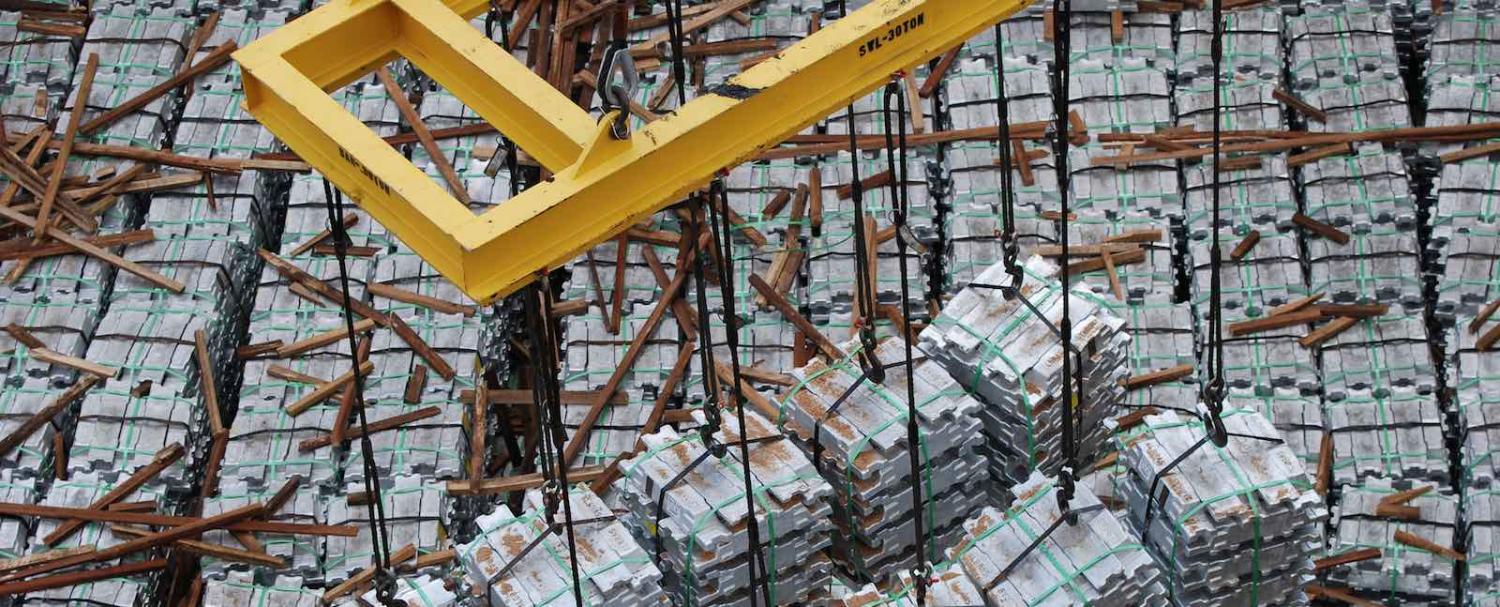The terse statement from the G7 finance ministers meeting about the US decision to impose steel and aluminium tariffs on the EU, Canada, and Mexico has shocked many observers used to such summits ending with droll communiques filled with platitudes about global collaboration and cooperation.
Instead, the G7 finance ministers (minus the US), say that “collaboration and cooperation has been put at risk by trade actions against other members”. In diplomatic speak, these are fighting words, only exacerbated by Canadian Prime Minister Justin Trudeau’s claim he was “insulted” that the US would suggest imports of Canadian steel represented a national security threat.
As has been well reported, the “national security” defence is pretty tenuous, necessary for US President Donald Trump to decree the tariffs without Congressional approval, rather than highlighting any actual threat to security. Likewise, it is well established that the real target is China, which has been depressing global steel prices with excess production.
However, there is also a broader concern that the tariffs represent the beginning of a protectionist agenda aimed at not only the Chinese, but also the Europeans (in particular German car exports) and Canada and Mexico (over the North American Free Trade Agreement).
In fact, what we’re witnessing is a process of the US attempting to reverse, or at least slow, its relative economic decline at the expense of the rest of the world, allies be damned.
While the US economy is currently doing well thanks to Trump’s tax cuts, economists expect this to be a one-off sugar hit that won’t resolve America’s deeper economic problems, characterised by deindustrialisation, low productivity and competitiveness, and stagnant investment, all illustrated by its large trade deficit, Trump’s number one bugbear.
In this context, the protectionist policy attempts to reduce the deficit without a domestic contraction, by promoting exports and boosting domestic consumption. US allies understand this well, as a revival of US exports can only come at their expense. Hence the terse response from the G7, as these countries realise they are becoming the butt of Trump’s transactional approach to foreign (economic) policy.
Interestingly, this is not the first time such a policy has been attempted by the US. Indeed, there are interesting parallels with the 1980s, when the US was similarly recovering from a decade of stagnation and was under pressure from more competitive “rising powers”, in that case West Germany and Japan. This period was also characterised by a large US trade deficit, a strong US dollar, and loud calls for protectionism from domestic industry.
These pressures eventually led the G5 – the previous iteration of the G7 – to agree on the Plaza Accord in 1985, under which Germany, Japan, the UK, and France committed to appreciate their currencies vis-à-vis the dollar. While the Accord was sold as a “cooperative” decision by G5 members, it was in fact dictated by the US, in an attempt to export its way out of trouble and offload the cost of adjustment to its allies, especially the quickly rising Japan and Germany.
Japan was affected most, with a stronger yen leading to an asset price bubble that eventually decimated its economy and resulted in an extended period of stagnation, ending talk of impending “Japanese hegemony” so pervasive in the 1980s. Meanwhile, the US rebounded and reasserted its economic hegemony throughout the 1990s.
In recent times, leaders in Washington have sought to pursue a similar strategy. The Obama administration focused its ire on China and its “currency manipulation”, but made little headway. Even the International Monetary Fund declared in 2015 that the yuan was not undervalued.
With Trump, this strategy now seems to have been extended to all of America’s economic competitors and pursued through much blunter and coercive instruments, such as tariffs, as Washington struggles to convince its allies to do its bidding.
And this is perhaps the most important change from the 1980s. Back then, Germany and Japan had no choice but to accept US demands, given Washington guaranteed their security in the Cold War. The external threat of the USSR was sufficient to put their economic priorities on the backburner. Today, few US allies are willing to do so.
Not only is there no existential threat comparable to the Soviet Union, but US allies also rely on China for their economic well-being, recent scares about “Chinese influence” notwithstanding. Moreover, unlike during the 1980s, there’s a broader sense among G7 countries that America’s economic problems are of its own making, having relied on the “exorbitant privilege” that comes from the US dollar and refused to make the domestic adjustments necessary to reduce its trade deficit.
Here, the G7’s resistance to shouldering the burden for Washington’s economic problems makes perfect sense. However, with a transactionalist in the White House, it seems unlikely the US will change track and accept more responsibility for its own economic adjustment.
In short, expect more hand-wringing and terse statements in the months ahead.

